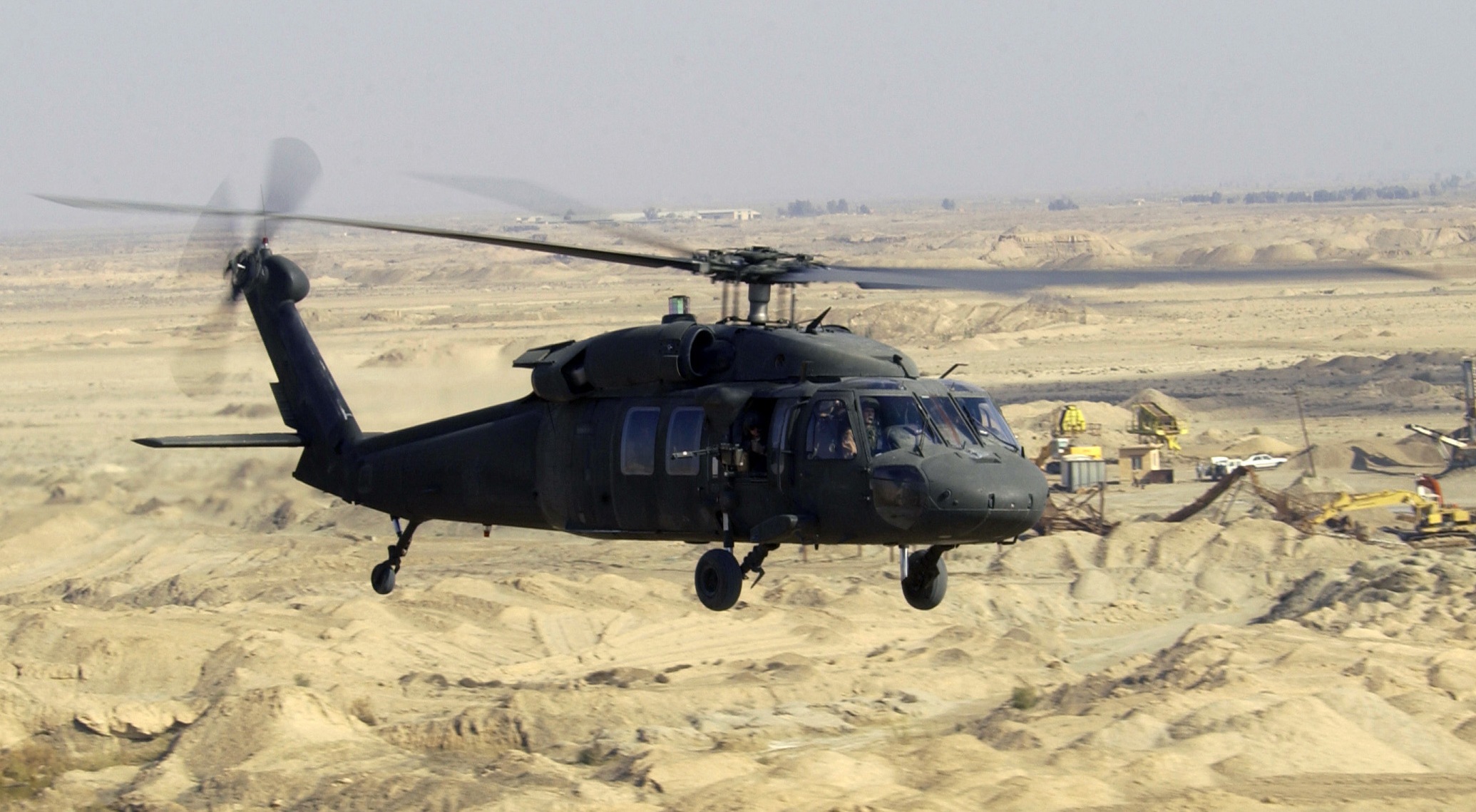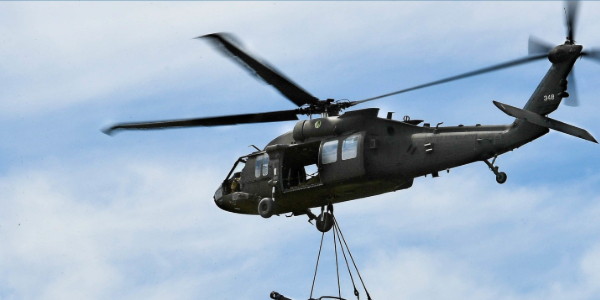UH 60 Black Hawk: Army Helicopter Attributes and Abilities
UH 60 Black Hawk: Army Helicopter Attributes and Abilities
Blog Article
The Influence of Lasting Practices on the Future of Aircraft Procedures and Emissions Decrease
As the aeronautics industry faces increasing examination over its environmental influence, the adoption of sustainable methods emerges as an essential pathway towards future aircraft procedures and discharges reduction. Innovations in sustainable air travel fuels and advancements in hybrid propulsion innovations stand at the forefront of this transformation, promising substantial decreases in greenhouse gas exhausts. Nonetheless, the successful assimilation of these efforts hinges on a variety of factors, consisting of regulative structures and industry partnership. The concern stays: just how will these progressing techniques improve the characteristics of air traveling and add to a more lasting future?

Introduction of Lasting Practices
Lasting practices in airplane operations encompass a range of methods focused on lowering environmental effect while maintaining functional effectiveness. These practices are important in the aeronautics market's dedication to decreasing its carbon footprint and adhering to worldwide environmental criteria. Key campaigns include maximizing trip courses to lower fuel intake, enhancing maintenance procedures to make certain airplane run at peak effectiveness, and executing innovative technologies such as winglets and light-weight products that enhance the rules of aerodynamics.

Educating and involving team on sustainability methods likewise play an important duty, cultivating a culture of environmental responsibility within organizations. In general, the combination of these sustainable methods not just helps in reducing emissions yet additionally improves the long-term feasibility of the aeronautics market, ensuring it meets the needs of both consumers and regulatory bodies while contributing to global sustainability objectives.
Ingenious Gas Alternatives
Various cutting-edge gas options are arising as critical remedies to reduce the aeronautics market's dependence on traditional nonrenewable fuel sources. Amongst these options, Lasting Aviation Gas (SAFs) have actually acquired significant interest because of their potential to decrease lifecycle greenhouse gas emissions by approximately 80% contrasted to traditional jet fuels. SAFs are obtained from various feedstocks, consisting of waste oils, farming residues, and even algae, making them a flexible alternative for the market.
Another promising option is hydrogen gas, which, when utilized in fuel cells, creates only water vapor as a by-product. In addition, electric propulsion systems are being discovered, leveraging battery innovation to power aircraft.
Finally, biofuels originated from biomass are being checked out, providing a renewable choice that can be combined with typical gas. Jointly, these ingenious gas alternatives stand for a critical action toward achieving a sustainable aviation community, aligning with international discharges decrease targets and boosting the market's environmental stewardship.
Technical Innovations in Aeronautics

How can technological advancements reshape the future of aeronautics? The integration of advanced innovations is critical in transforming aircraft operations, enhancing effectiveness, and decreasing discharges. Technologies such as hybrid and electric propulsion systems are at the leading edge, encouraging significant decreases in gas consumption and greenhouse gas emissions. These systems utilize improvements in battery technology and power management, allowing airplane to run with a reduced environmental impact.
Additionally, the implementation of advanced products, such as lightweight compounds, adds to improved aerodynamics and fuel efficiency. Making use of artificial knowledge and equipment understanding in flight procedures optimizes route preparation and lowers fuel shed by allowing real-time changes based on weather and website traffic conditions. Furthermore, the development of independent and from another location piloted aircraft systems stands to revolutionize cargo and traveler transport, potentially raising efficiency while decreasing human mistake.
Moreover, sustainable aeronautics modern technologies, consisting of advanced air web traffic monitoring systems, can lower and improve operations blockage, bring about reduced discharges throughout flight. These developments jointly stand for a paradigm shift in aeronautics, guaranteeing a future where sustainability and functional efficiency are linked, therefore sustaining the sector's dedication to reducing its environmental influence.

Governing Structure and Conformity
Due to the growing focus check my reference on ecological stewardship within the aviation sector, the regulatory framework controling airplane operations is progressing to promote sustainable techniques. Regulative bodies, such as the International Civil Aeronautics Company (ICAO) and numerous national aviation authorities, are presenting stringent standards focused on reducing discharges and improving functional performance.
These guidelines typically consist of the adoption of Lasting Aeronautics Gas (SAF), which has been recognized as a vital element in achieving reduced carbon impacts. In addition, conformity with these guidelines calls for airline companies to carry out operational techniques and sophisticated technologies, such as maximized flight paths and enhanced air traffic administration, to minimize gas intake.
Furthermore, the enforcement of emissions trading schemes and carbon balancing out initiatives is becoming progressively common, engaging airlines to keep track of and report their discharges properly. Non-compliance can result in considerable penalties, thus pressing operators to focus on sustainability in their business versions.
Inevitably, the developing regulative landscape not just drives advancement and financial investment in environment-friendly technologies but additionally promotes a society of liability within the aviation sector. As these structures remain to develop, the concentrate on sustainable methods will be indispensable to attaining the industry's her explanation long-lasting environmental goals.
Future Patterns in Aircraft Operations
As the aeronautics market adapts to a progressively rigorous regulatory atmosphere, future patterns in airplane procedures are established to concentrate on ingenious options that further boost sustainability and performance - uh 60. Secret advancements will likely consist of the adoption of sophisticated air traffic management systems, which make use of real-time data and artificial knowledge to maximize trip courses, minimizing fuel consumption and discharges
An additional look at this now substantial pattern is the raised combination of lasting aeronautics fuels (SAFs) These choices to traditional jet gas, originated from eco-friendly sources, can substantially decrease lifecycle greenhouse gas exhausts. The industry's dedication to SAFs will likely increase as airlines team up with gas manufacturers to ensure schedule and cost-effectiveness.
In addition, the press towards electrification and crossbreed propulsion systems is getting energy. Arising airplane designs will certainly integrate these innovations, offering quieter and much more effective procedures, particularly for short-haul flights.
Conclusion
The adoption of sustainable aeronautics gas, combined with advancements in electric and hybrid propulsion systems, is crucial for lessening lifecycle greenhouse gas emissions. Maximizing flight paths and embracing cutting-edge innovations contribute to a quieter and more environmentally friendly aviation industry.
Advancements in sustainable air travel fuels and innovations in crossbreed propulsion technologies stand at the leading edge of this transformation, appealing significant decreases in greenhouse gas discharges.Many ingenious fuel alternatives are arising as pivotal services to minimize the air travel sector's dependence on traditional fossil gas - uh 60. Among these choices, Lasting Air travel Fuels (SAFs) have actually gained significant attention due to their potential to reduce lifecycle greenhouse gas discharges by up to 80% contrasted to conventional jet gas.An additional significant fad is the boosted assimilation of sustainable aeronautics gas (SAFs) The fostering of sustainable aeronautics fuels, paired with innovations in hybrid and electric propulsion systems, is vital for decreasing lifecycle greenhouse gas emissions
Report this page